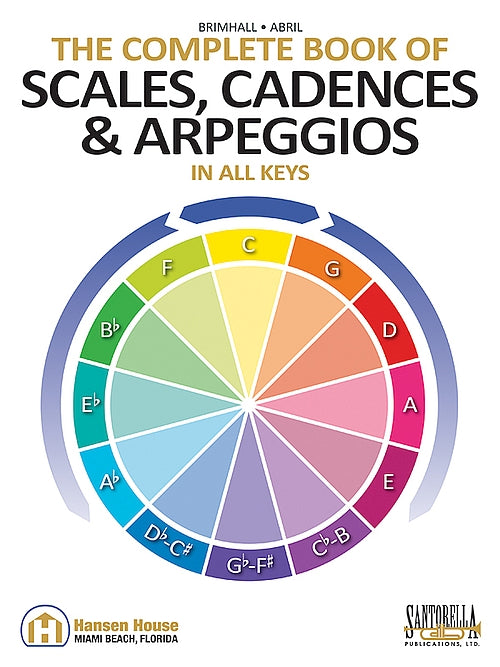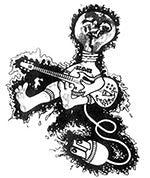The Complete Book of Scales, Cadences & Arpeggios
Couldn't load pickup availability
Description
The Best Resource for Scales, Cadences, and Arpeggios is back, freshly engraved and newly updated to the Industry Standard 9 x 12 format. This definitive choice of educators and students covers the fundamentals of scales, cadences, and arpeggios with studies and exercises in every major and minor key, presented in a clear and easy to follow logical manner. This complete resource will benefit beginners and advanced students alike and also includes bonus sections on transposition, sight reading, ear training, and basic music theory. Editor's Note: In music, the Tonic Note is the note for which a scale and key is named, and is considered to be the most important tone in that key. It is not only the tonal center, but it is also the note to which all other notes and chords resolve. By extension, the chord built on that note becomes the most significant chord of the key with all chords tending to resolve to it. This chord is generally referred to as the I Chord, since it is built on the first degree of the scale in that particular key. In Western Music of the 17th, 18th, and 19th Centuries, the Tonic was historically the most important of all the tones which a composer used in a piece of music. Most pieces began with that note or chord, developed with a series of themes and progressions, and then typically ended with it as well. This generally accepted form of the day gave the listener a strong sense of beginning, middle, and end. In musical form and analysis, we often refer to these sections of a composition as the Exposition, the Development, and the Recapitulation. The great composers of the day were masters of developing a piece to its full potential as they told a story through their music while taking the listener on a journey to the outer limits and then back again. The Complete Book of Scales, Cadences & Arpeggios is designed to give the student this same sense of the Tonal Center in every key, and through careful attention to scales, arpeggios, and chord progressions, open the door to the infinite possibilities of what might occur at the beginning, throughout the process of development, and when the piece is finally concluded. The book is intelligently organized in every major and minor key, including the enharmonic keys, as well. As the student progresses through each of these keys, not only will they gain a proficiency in playing the scales, cadences, and arpeggios themselves, but at the same time, they will also develop a sense for hearing the relationships between the notes of the scales and arpeggios, and the chords of the cadences. As the ear becomes trained to hear these important relationships, a musical "sixth sense" develops which will enable the student to instinctively recognize the strong feeling of the center of the key and the notes, chords, and relationships important to that key. With added bonus sections on Basic Music and Chord Theory, Relative Major and Minor Keys, Sight Reading, Ear Training, The Circle of Fifths, and Transposition, The Complete Book of Scales, Cadences & Arpeggios is truly complete, and arguably the most comprehensive resource in tonality for the developing musician. - Jonathon Robbins, Editor



